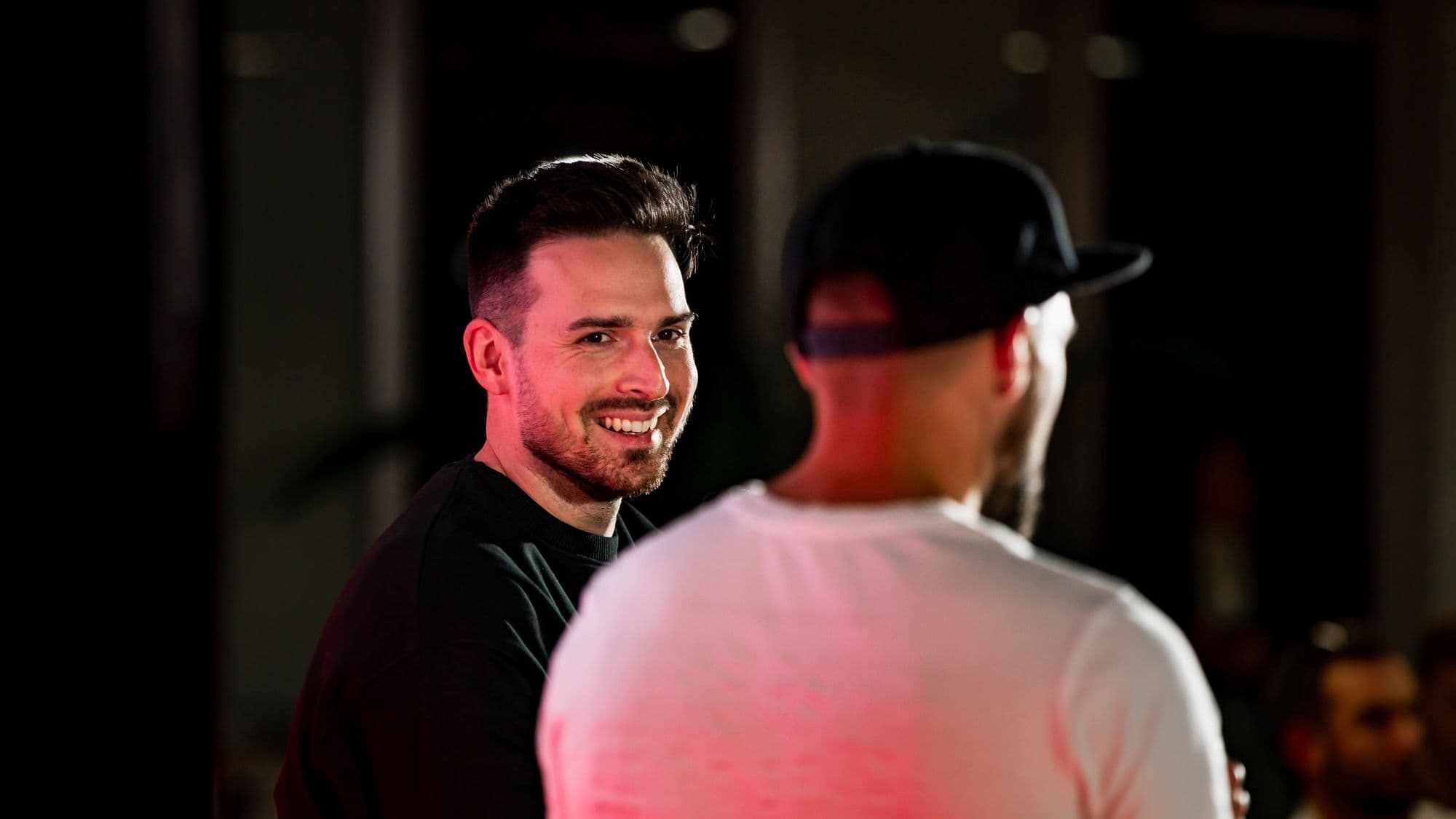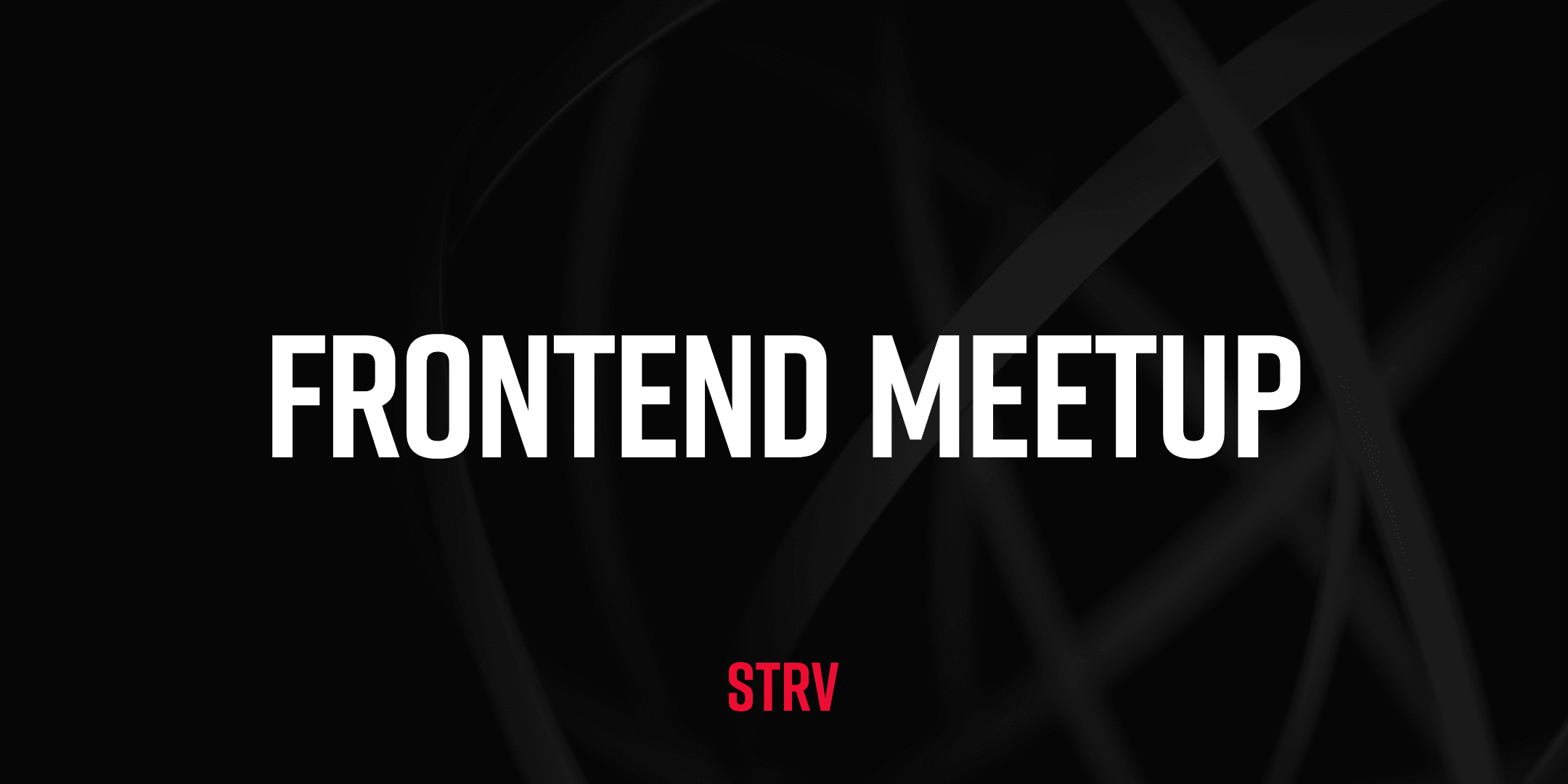On May 28th, we hosted one of our biggest events of the year, Next Level Talks: NFT – Beyond the Buzzword, in our Prague office.
Apart from a full house of crypto junkies (we say that with love), we also welcomed speakers with unique perspectives about NFT use cases in the gaming, fashion and entertainment industries: Scavenger Land’s co-founder Martin Stava; Decentraland’s Growth Marketing Manager Martin Sokol; and Metaversal’s CEO and co-founder Yossi Hasson.
The full event lasted for more than two hours (not counting the Scrollbar afterparty, which did not disappoint), so we’re splitting the wrap-up into three parts. Starting with the Decentraland Foundation.
Thank you to TheFutureParty community for their question, included below.
A Quick Intro to Decentraland & Martin Sokol
“Decentraland is a virtual world fully managed, governed and created by its users — the people and brands that work together to make Decentraland as alive and possible,” Martin explained, adding that it curates what we currently do on the internet in a new and improved way.
“It’s so immersive, interactive and much more human than what we currently consume.”
Today, the platform has around 400,000 active monthly users. It is also controlled by the DAO (Decentralized Autonomous Organization), which helps Decentraland move forward via decisions based solely on the opinions of the community.
As for his own responsibilities, Martin is in charge of growing the community, ensuring that Decentraland attracts interesting creators and that they are properly onboarded and supported.
The First Metaverse Fashion Week = All Hands on Deck
With more than 50 major and smaller fashion brands (both physical and digital) taking part, everyone at Decentraland worked together to on projects from building 3D models of the catwalks to helping the community.
“The event was pretty much a living organism. You need to set up the processes for that, which were quite new,” Martin said.
The event was prepared primarily by the Content and the Partnerships teams, who onboarded all the brands, managing the many questions that come with an event of this size in a completely new environment. Most brands needed guidance through not just the process, but the actual possibilities of what can be done. Still, there were a few surprises.
“Some brands — like Dolce & Gabbana — knew exactly what they wanted, so we just grouped them with [curated NFT marketplace] UNXD and they were able to help them to deliver.”
Event Details: From Literal Cat Walks to Thousands of Attendees
Some brands, including Tommy Hilfiger, offered NFT clothing that also came with a physical counterpart delivered in the mail. Martin believes we’ll be seeing more and more of this approach in the future.
And how does a Decentraland catwalk work, exactly? “Imagine a physical catwalk. It’s nothing like that.” Martin elaborated that the reason is that you can build anything you want in the virtual world — which is very appealing. It’s why the pioneers want to be the pioneers.
“When you think about Dolce & Gabbana, they have decades of history, millions of followers behind them. They wanted to do something new. So explaining to them, ‘Hey, you can actually be a cat on the catwalk’ — that’s a very interesting idea. And they went with it.”
As for artists, some notable names include Grimes and Blond:ish.
Throughout the four-day event, roughly 100,000 users visited Decentraland, and 16–18,000 people were active on the catwalk shows. About 7,000 wearables from major brands were sold.
How Does Decentraland Compare to the Likes of Sandbox?
Sandbox is arguably the most gamified metaverse, which differs from Decentraland’s community-focused, event-heavy metaverse.
“The whole community of Decentraland really digs the setup of what Decentraland is and how it works. I think that when we compare… I wouldn’t like to use it as a substitute. Personally, I’d like to see all the metaverses connect or collide together.”
Of course, Decentraland also allows people to build games within its world, something that Martin expects and hopes will grow more popular — not surprising, considering his professional background in gaming.
“I was bred on games, and I really think that games will be a necessary part of any metaverse that will come.” Further explaining why that is, Martin said, “Just the fact that you can essentially directly talk to your players in real-time on the parcel while they’re playing the game… it’s a completely different experience compared to the traditional style of game development.”
Future Metaverse Perks: Learning… and Chess?
Apart from the heavily-covered socializing aspects, a benefit of the metaverse is learning. Want to play an instrument? If you ask Martin, eventually, you’ll be able to do that virtually. Just join the School of Fine Arts, find a lecture and learn the guitar.
And what about Mark Zuckerberg’s Meta ads? With respect, Martin remains a bit unimpressed.
“I don’t think they’re the one company that will succeed in this. They don’t have the values that you need in order to build a positive experience in the metaverse, which are humanizing and immersion. And Meta has always been about advertising and data.”
Next Up: Connecting With Other Metaverses, AR/VR & Mobile
As for what’s next for Decentraland, three things are at the top of the list: Becoming interconnected with other metaverses, incorporating AR/VR and delivering a mobile version of the platform.
In terms of events, there’s a major Pride celebration coming in June and an Art Week in July, plus the many events happening on a daily basis — including DJ sets and afterparties. And yes, there will definitely be another Fashion Week at some point.
On top of all that, Martin’s constantly going through the virtual world, checking on experiences, talking to people, trying to understand what the community wants and looking for ideas about potential future collaborations and partners.
It’s all driven by the hope that underpins many actions in this space, and that is to bring like-minded people together in a place where anything is possible. Because, as Martin put it: “The world is far from full.”
TheFutureParty Asks: How Does the Metaverse Challenge Our Reality?
Question in full: How will the growth of the metaverse challenge or force us to reexamine our relationships with everything from government to finance and our own social structures?
In terms of government, according to Martin, “There might be this idea that — even in the metaverse — when we think about our traditional type of governments, there might be actual DAOs on the various levels of the infrastructure — and that might be, in the future, one of the ways how the government could be implemented into the metaverse. The voting power would be the power to vote for the actual actions, and not the people that make the actions that you’d hoped they would do, and they didn’t.”
As for social structures, Martin views this as a question everyone has on their mind.
“I think that we will connect more in the virtual world, where I think it’ll be more interactive and more human, as I’ve said. We will interact in a completely different way than when someone’s just typing to you in a chat, and it’s far from human, far from social,” he said, adding, “I would like to see more of 3D or virtual implementation of avatars of people that I’m actually hanging out with in the metaverse."
One final thank you to Martin Sokol and TheFutureParty. Stay tuned for the Metaversal and Scavenger Land wrap-ups!




